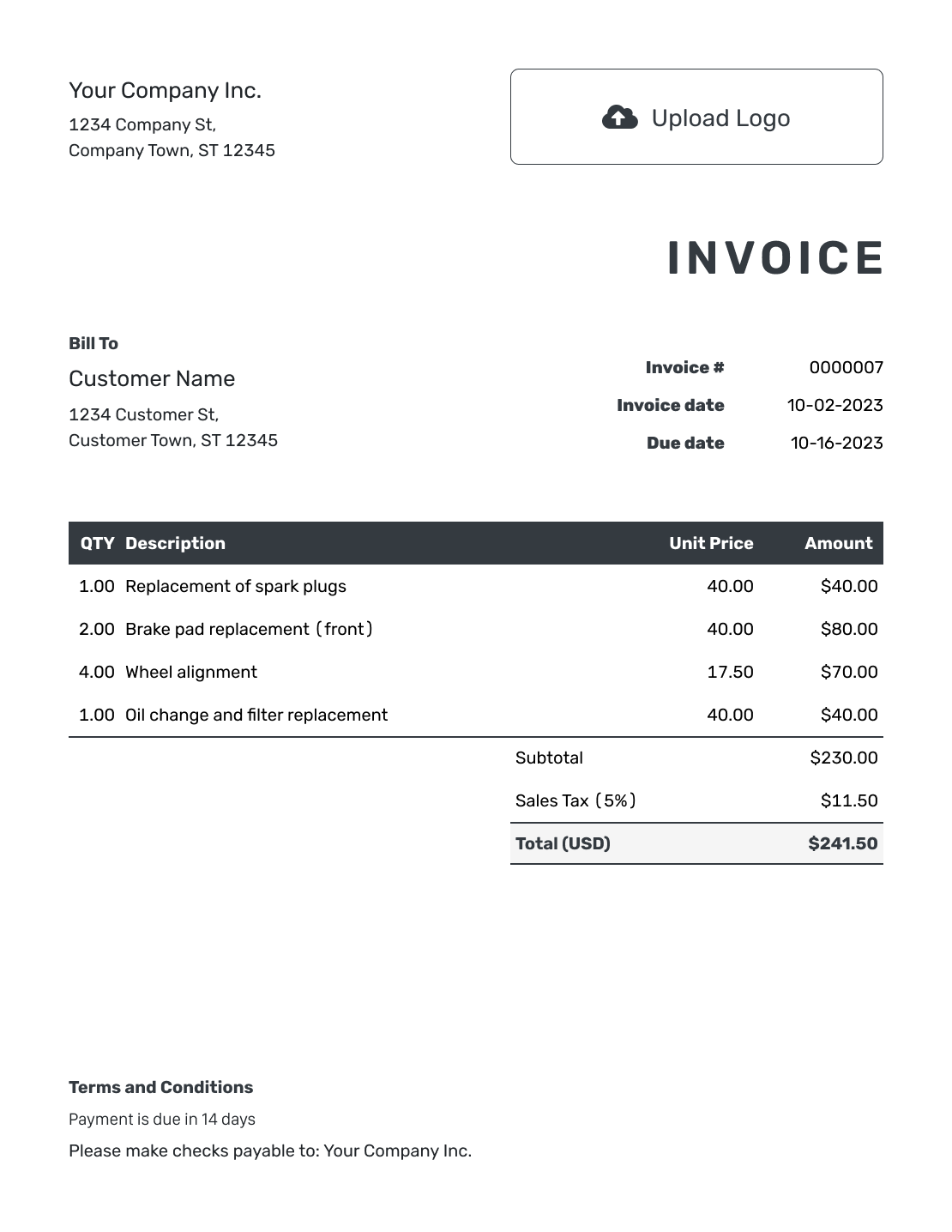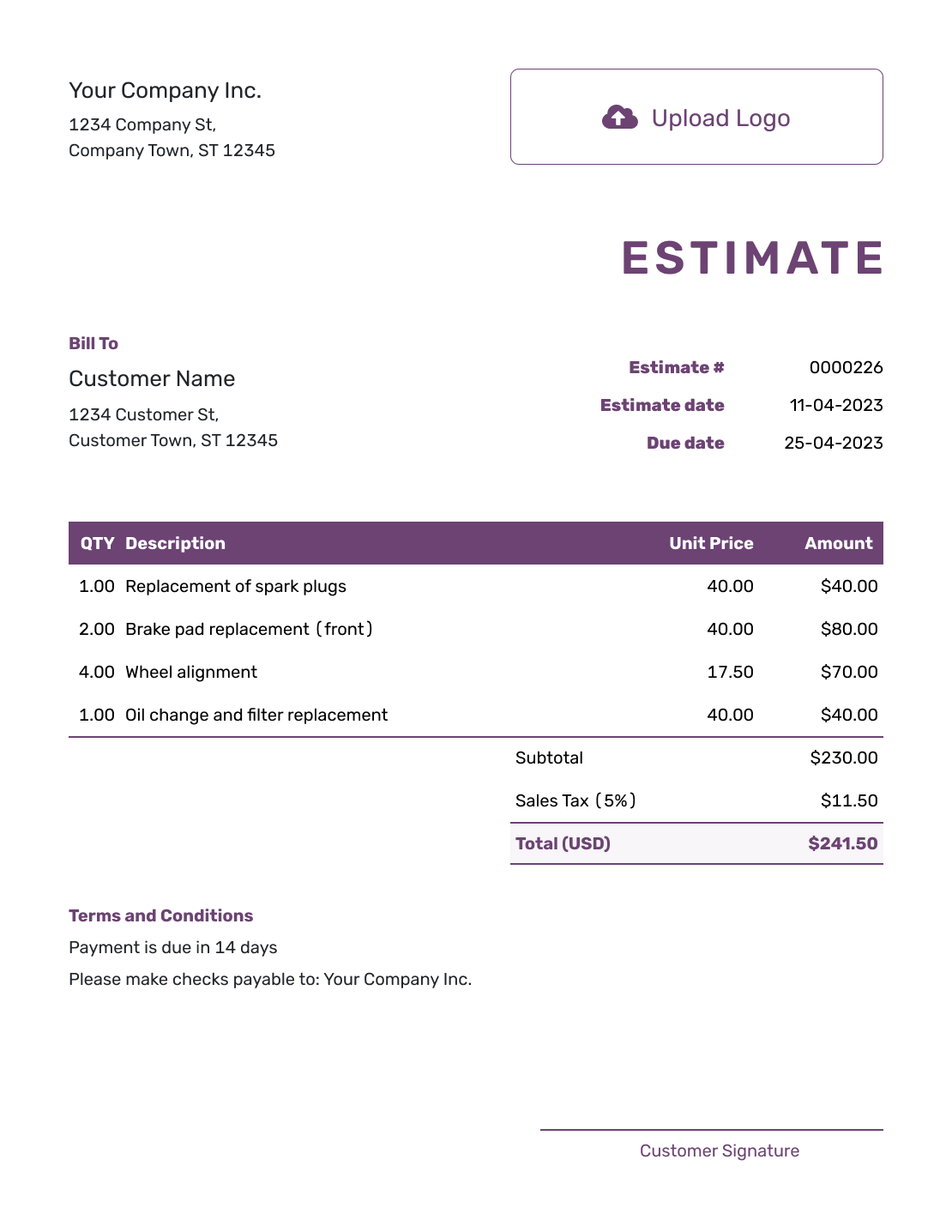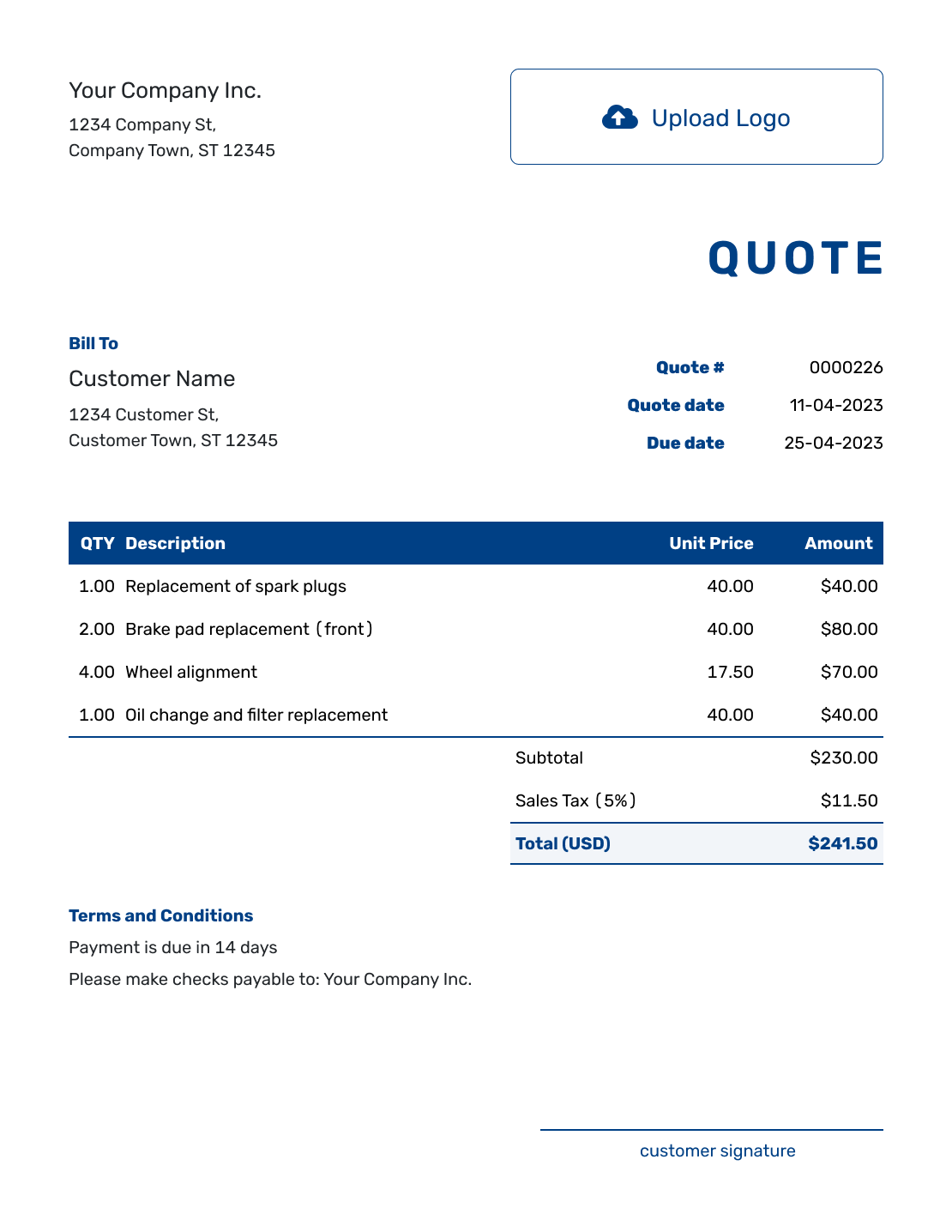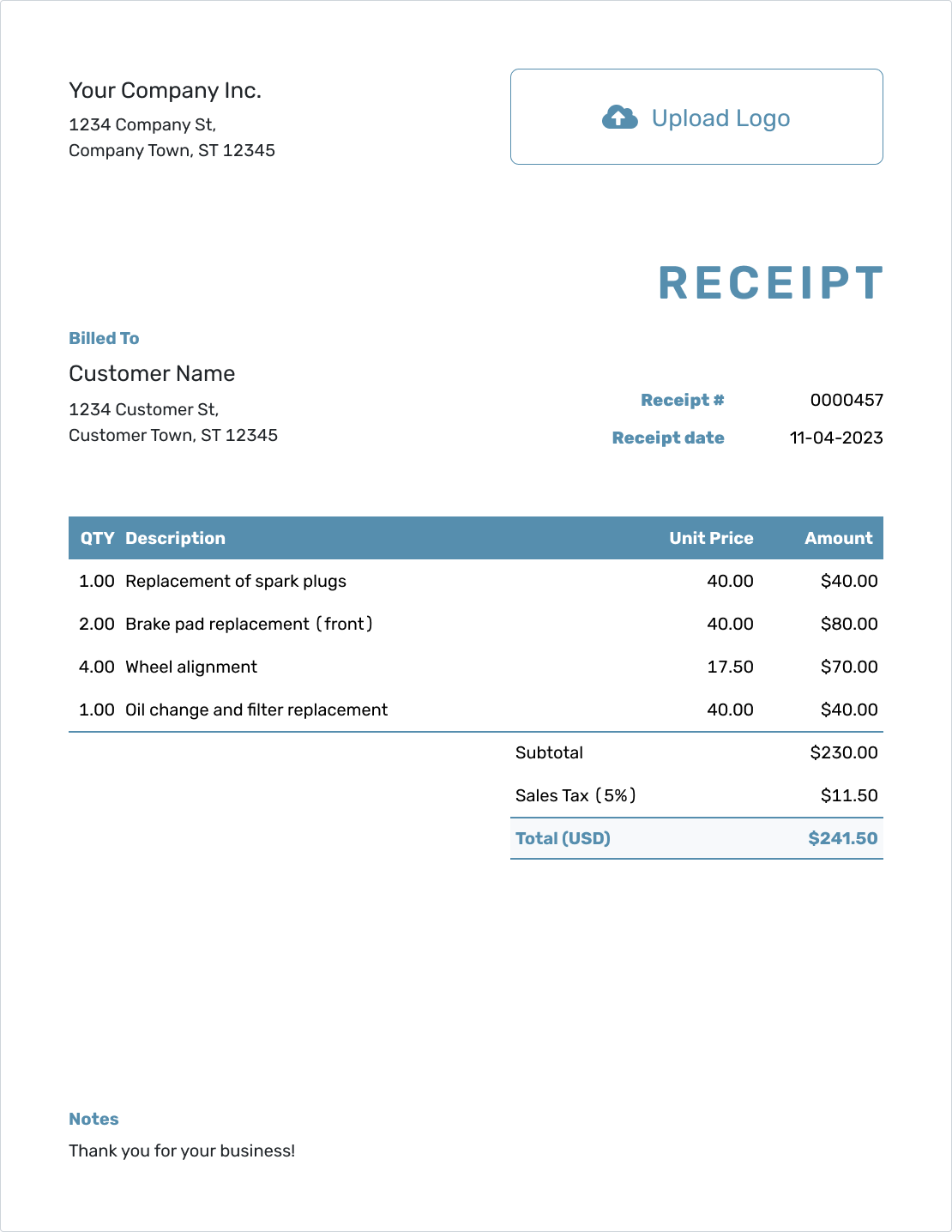Understanding
Profit and Loss Statement
Est. reading time: 6 min

A profit and loss statement (P&L), also called an income statement, is a cornerstone of financial reporting. It tracks your business's revenues, costs, and expenses over a specific period, helping you assess profitability. Whether you're running a small business or managing a larger company, understanding your P&L is crucial for making sound financial decisions.
What Is a Profit and Loss Statement?
A profit and loss statement is a financial report that shows the income generated and expenses incurred by your business over a defined period, such as a month, quarter, or year. Its purpose is to determine your net profit or loss.
This statement is essential for evaluating your business's financial health and is often used by stakeholders, including investors, creditors, and management teams.
Key Components of a Profit and Loss Statement
A P&L statement typically includes the following elements:
1. Revenue
Total income from your business's sales or services. This figure is often called the “top line.”
2. Cost of Goods Sold (COGS)
The direct costs associated with creating or delivering your products or services, such as raw materials or production costs.
3. Gross Profit
Gross profit represents revenue minus COGS:
| Gross Profit = | Revenue − COGS |
4. Operating Expenses
These are the costs of running your business, such as salaries, marketing, and utilities. They exclude COGS.
5. Operating Profit
Operating profit is calculated by subtracting operating expenses from gross profit:
| Operating Profit = | Gross Profit − Operating Expenses |
6. Net Profit
The final profit after all expenses, taxes, and other deductions. This figure is often referred to as the “bottom line”:
| Net Profit = | Operating Profit − Taxes − Other Deductions |
Why a Profit and Loss Statement Is Important
Here's how a P&L statement benefits your business:
- Evaluate Financial Health: Understand whether your business is profitable.
- Identify Trends: Compare P&L statements over time to see revenue growth or cost increases.
- Attract Stakeholders: Share your P&L with investors, banks, or other stakeholders to demonstrate financial performance.
- Support Decision-Making: Use insights from your P&L to refine budgets, manage expenses, and plan for growth.
How to Prepare a Profit and Loss Statement
Follow these steps to create a P&L statement:
- Record Revenue: List all sources of income.
- Calculate COGS: Sum up all direct costs related to production or service delivery.
- Determine Gross Profit: Subtract COGS from revenue.
- Deduct Operating Expenses: Account for indirect business costs like salaries and utilities.
- Account for Taxes and Deductions: Subtract taxes and other expenses to calculate net profit.




